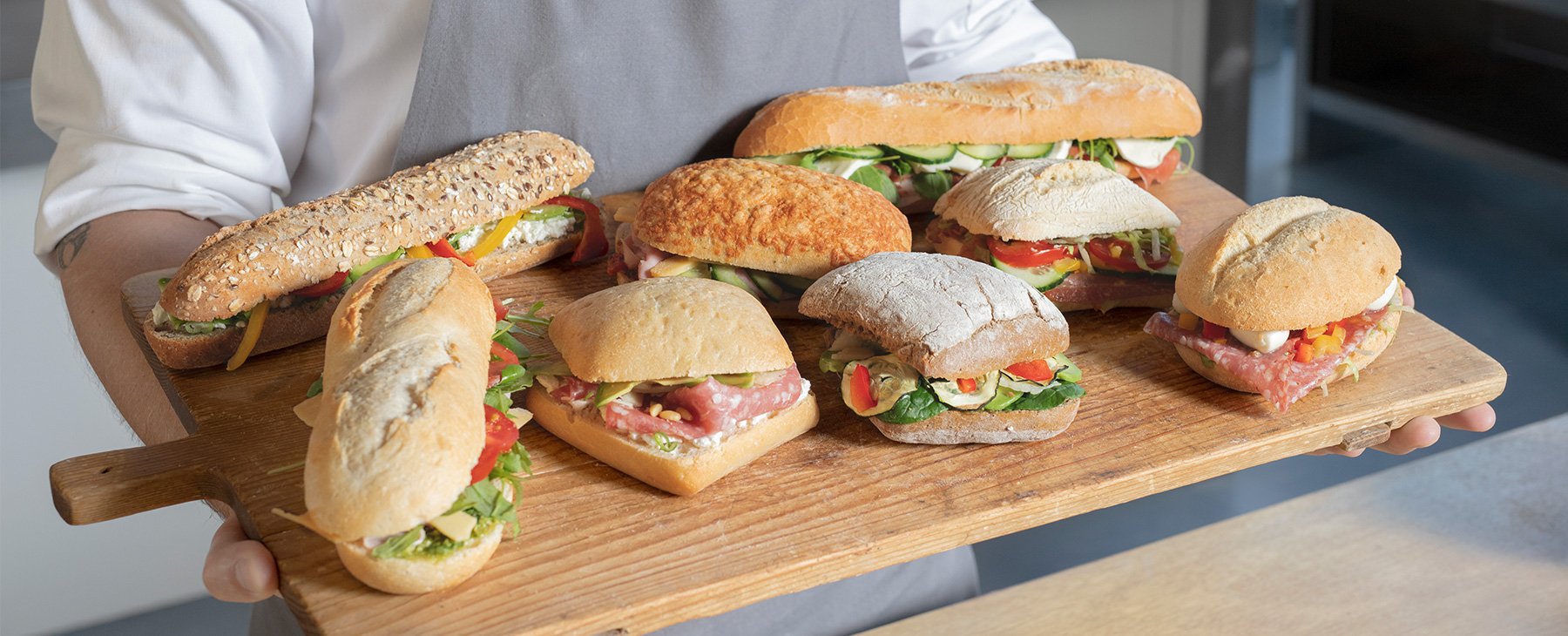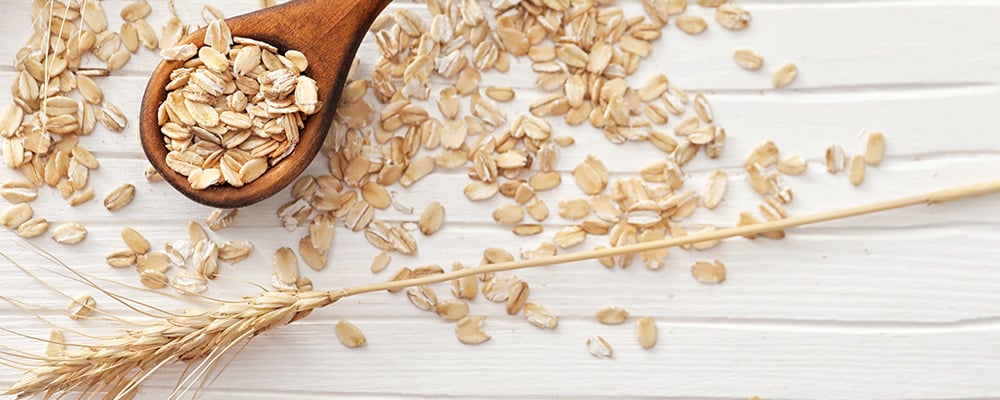And it’s more important now than ever to make your sandwich excellent: With widespread availability of sandwiches, operators will face an even bigger need to differentiate their sandwiches.
Do this by using multiple types of proteins, cheeses, toppings and artisan breads which will help create sandwiches that are more enticing and premium than the simpler versions.
It’s all about the build !
When asked which component is key to their favorite sandwich, be it bread, cheese, toppings, protein or condiment/spread, consumers answer “all of them”. Everybody prefers freshly prepared sandwiches, and all elements should maintain freshness in taste and appearance.
That being said, sandwich architecture is what makes each one of the ingredients fold out its full potential. You need to consider the right combination and construct in order to bring out the taste in all layers – and so that it doesn’t get soggy or fall apart. Let’s dig into how we bring out the best of all components with these guiding principles.

1) Bread
Bread isn’t just the vehicle for great sandwiches, it’s an ingredient that adds flavor and premium appeal. In addition to flavor, artisan breads provide a more substantial, soggy-resistant foundation. Rolls or crusty breads are also a good choice if you want to avoid sogginess. If you use sliced sandwich bread, consider toasting it to keep some of the moisture out.

2) Cheese
Don’t be afraid to go premium. A good cheese will have a big impact on the overall experience. If you’re serving a griddled sandwich or melting the cheese, these work especially well: Gruyere, Asiago, Brie, Muenster, Provolone and Havarti.
If you use fresh cheeses like fresh Mozzarella make sure to drain some of the moisture, the cheese is holding – and always protect the bread with leaves of salad.

3) Topping
Slippery ingredients like tomatoes, avocado and cucumber should go on top of the cheese, followed by more delicate toppings like lettuce and herbs. Lettuce is also useful to protect the bread from watery produce such as tomatoes, which you should place in the center of the sandwich.

4) Protein
Combining two meats or seasoned plant-based alternatives adds greater differentiation and satisfaction. If you offer sandwiches with chicken-, egg-, or tuna salads, make sure to add a layer of lettuce between the protein and the bread, as the sandwich may not be consumed immediately you serve it.

5) Condiments / spreads
Use homemade condiments, sauces and spreads to feature one-of-a-kind flavors and highlight the latest trends. It’s a good idea to spread these into the middle of the sandwich, between slices of meat or cheese.
This way you keep the bread from getting soggy. You can also choose a higher quality bread that can hold up to condiments you want to feature – and then start with oil-based condiments, like a good mayonnaise or pesto. These types of oily condiments form a layer on the bread that keeps it protected from liquids.











